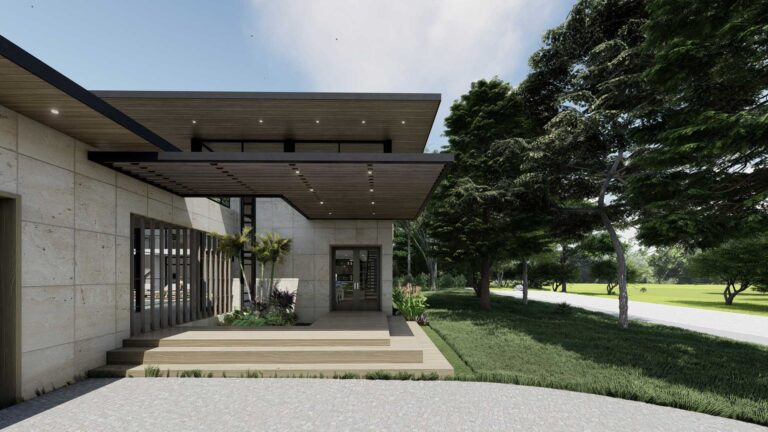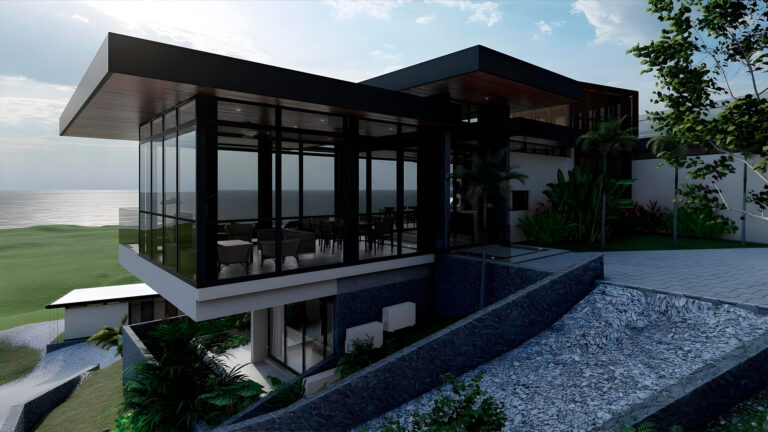Complete Guide to Obtaining a Building Permit in Costa Rica: Step by Step
Obtaining a building permit in Costa Rica is a complex process that requires following several key steps. Below is a detailed step-by-step guide, including the necessary documents, associated costs, and possible special permits:
1. Initial Documentation
Before starting the permitting process, make sure you have the following documents: From the Landowner:-
-
- Literal Property Certification: Data on the landowner.
- Legal Entity Status or identification document if the owner is an individual.
- Email and contact phone number.
-
-
-
- Soil Study: Analysis of the structural viability on the specific land.
- Topographic Survey: Detailed information about the surface and characteristics of the land.
- Infiltration Study: Analysis to determine the soil’s capacity to absorb and drain water, crucial for designing stormwater management systems.
-
2. Special Permits
Depending on the project, additional permits may be required, such as:-
-
- Environmental Impact Permit: Required for projects that may significantly impact the environment.
- Tree Cutting Permit: Necessary if the construction involves the removal of trees on the land.
- MOPT Road Alignment: Required if the project is near national routes or involves changes to road infrastructure.
- INVU Alignment: Necessary to ensure the project complies with urban planning regulations.
- Treatment Plant Permit: Required if a wastewater treatment plant will be installed in the project.
-
3. Project Registration with CFIA
Registering the project with the College of Engineers and Architects (CFIA) is the first formal step to ensure the project complies with all regulations. Necessary Documents:-
-
- Construction plans (architectural, structural, and electromechanical) signed by professionals registered with the CFIA.
- Cadastral survey.
- Wastewater report.
- Electrical form.
- Water Availability Letter.
-
4. Other Institutions
Once the contract is approved by the CFIA, it’s time for the plans to be reviewed by the Ministry of Health and Firefighters if necessary. Timeframes: The initial review takes 15 business days.5. Application for Building Permit with the Municipality
Once registered with the CFIA and approved by the relevant institutions, you must apply for the Building Permit with the municipality. Necessary Documentation:-
-
- Building Permit application form.
- Construction Statistics form.
- Plans approved by the CFIA and other institutions.
- Project contract submitted to the CFIA.
- Land Use Certification issued by the municipality.
- Environmental Impact Report (if applicable).
- Water Availability Letter.
- Up-to-date Literal Property Certification.
- Up-to-date Legal Entity Certification or Identification Document.
- Agreement of partners if the land has more than one owner.
- Cadastral survey.
- Up-to-date municipal taxes for the land.
- Social Security Employer Certificate.
-
-
-
- Construction Tax: Generally, 1% of the total project value.
-
6. Mandatory Workers’ Insurance (INS)
Before starting construction, it is mandatory to obtain Workers’ Risk Insurance with the National Insurance Institute (INS). Necessary Documentation:-
-
- INS payroll with insured workers.
- Insurance payment receipt.
-
7. Final Approval and Start of Works
With all the permits obtained and the insurance contracted, the municipality will issue the Municipal Building Permit, officially enabling the start of construction. It is important to note that during the construction process, the responsible professionals must conduct their corresponding visits on time to give their final approval once the work is completed. Cost Summary For a house of more than 300 m² with a pool, the approximate costs are:-
-
- Registration with CFIA: $795 USD (0.256%-1% of the project).
- Municipal Construction Tax: $3,000 USD (1% of the project).
- Workers’ Risk Insurance (INS): $4,500 USD (3.71% of labor costs).
-











